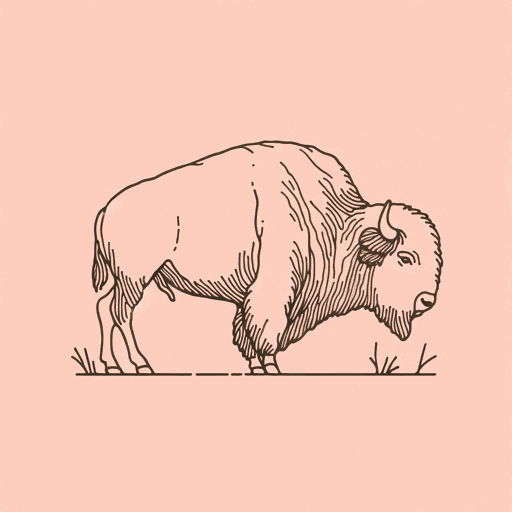83 pages • 2 hours read
Roxanne Dunbar-OrtizAn Indigenous Peoples' History of the United States
Nonfiction | Book | Adult | Published in 2014A modern alternative to SparkNotes and CliffsNotes, SuperSummary offers high-quality Study Guides with detailed chapter summaries and analysis of major themes, characters, and more. For select classroom titles, we also provide Teaching Guides with discussion and quiz questions to prompt student engagement.
Chapters 10-ConclusionChapter Summaries & Analyses
Chapter 10 Summary: “Ghost Dance Prophecy: A Nation Is Coming”
President John F. Kennedy helped revive the “‘frontier’ as a trope of populist imperialism” as he described in a speech the country’s future path towards a “new frontier” with respect to the other parts of the world, especially in regard to the Cold War and anti-communism struggle (178-79). The myth of U.S. exceptionalism remained strong. Counterinsurgency in Vietnam involved U.S. troops referring to Vietnam as “Indian Country” or other references originally used in the context of past wars against Indigenous people.
Indigenous people continued to resist during the Cold War era, helping to secure changes in opinion about the right to self-determination and land restitution. In 1961, young activists from 21 Indigenous nations founded the National Indian Youth Council (NIYC) and a few years later organized in support of fishing rights in Washington, which obtained national publicity. Additionally, with the efforts of the Survival of American Indians Association through fish-ins, multiple Indigenous nations in the Pacific Northwest were able to obtain a court victory in 1973 protecting their fishing rights that were guaranteed in past treaties, a key victory for Indigenous sovereignty. In 1969, the Indians of All Tribes alliance in the Bay Area began their occupation of Alcatraz Island in San Francisco, gaining media attention until President Nixon ordered forced evacuation in June 1971.
Related Titles
By Roxanne Dunbar-Ortiz
Featured Collections
Anthropology
View Collection
Books on U.S. History
View Collection
Challenging Authority
View Collection
Colonial America
View Collection
Colonialism & Postcolonialism
View Collection
Colonialism Unit
View Collection
Community
View Collection
Contemporary Books on Social Justice
View Collection
Education
View Collection
Equality
View Collection
Memorial Day Reads
View Collection
Military Reads
View Collection
Nation & Nationalism
View Collection
New York Times Best Sellers
View Collection
Politics & Government
View Collection
Power
View Collection
The Future
View Collection
The Past
View Collection
War
View Collection


